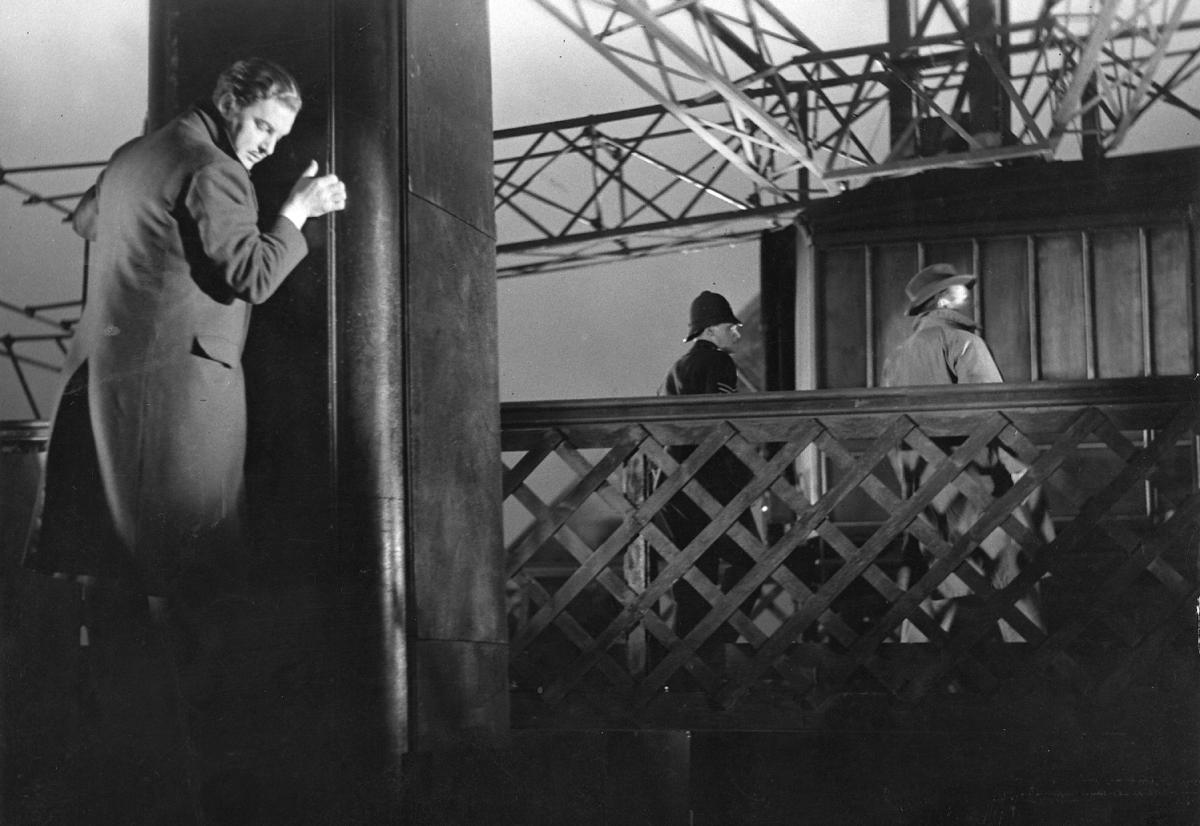Alfred Hitchcock | 1hr 26min

Richard Hannay’s journey into the deadly mystery of The 39 Steps begins by pure happenstance, with international spy Annabella Smith falling into his arms at a variety show the moment gunshots are fired and the crowd erupts into panic. When he learns of her true identity shortly before her assassination and picks up her mission where she left off though, he chooses to become an agent of his own will, navigating a conspiracy of national significance that unwittingly leads him right to the heart of the shady organisation she had been investigating. The stakes are enormous, threatening to compromise the United Kingdom’s military defence should its vital secrets be leaked, but Alfred Hitchcock is smart enough to recognise that this is not why we are watching. The 39 Steps is not a story of complex political intrigue, but rather of one man’s temptation into the sweet allure of danger, paralleling Hitchcock’s own growing fascinations in the 1930s as his thrillers developed new psychological depths.
After all, it doesn’t take much to nudge Hannay into this life that sends him running from authorities, many of whom are convinced he is guilty of Annabelle’s sudden murder. All he is left with to prove his innocence is her cryptic clue of “the 39 steps”, the identifying mark of nine-fingered criminal mastermind Professor Jordan, and a map leading him to a building in the Scottish moors called Alt-na-Shellach. From there, Hitchcock unravels a cat-and-mouse chase that puts him in the crosshairs of both the police and villainous secret agents, never quite knowing who he can really trust.
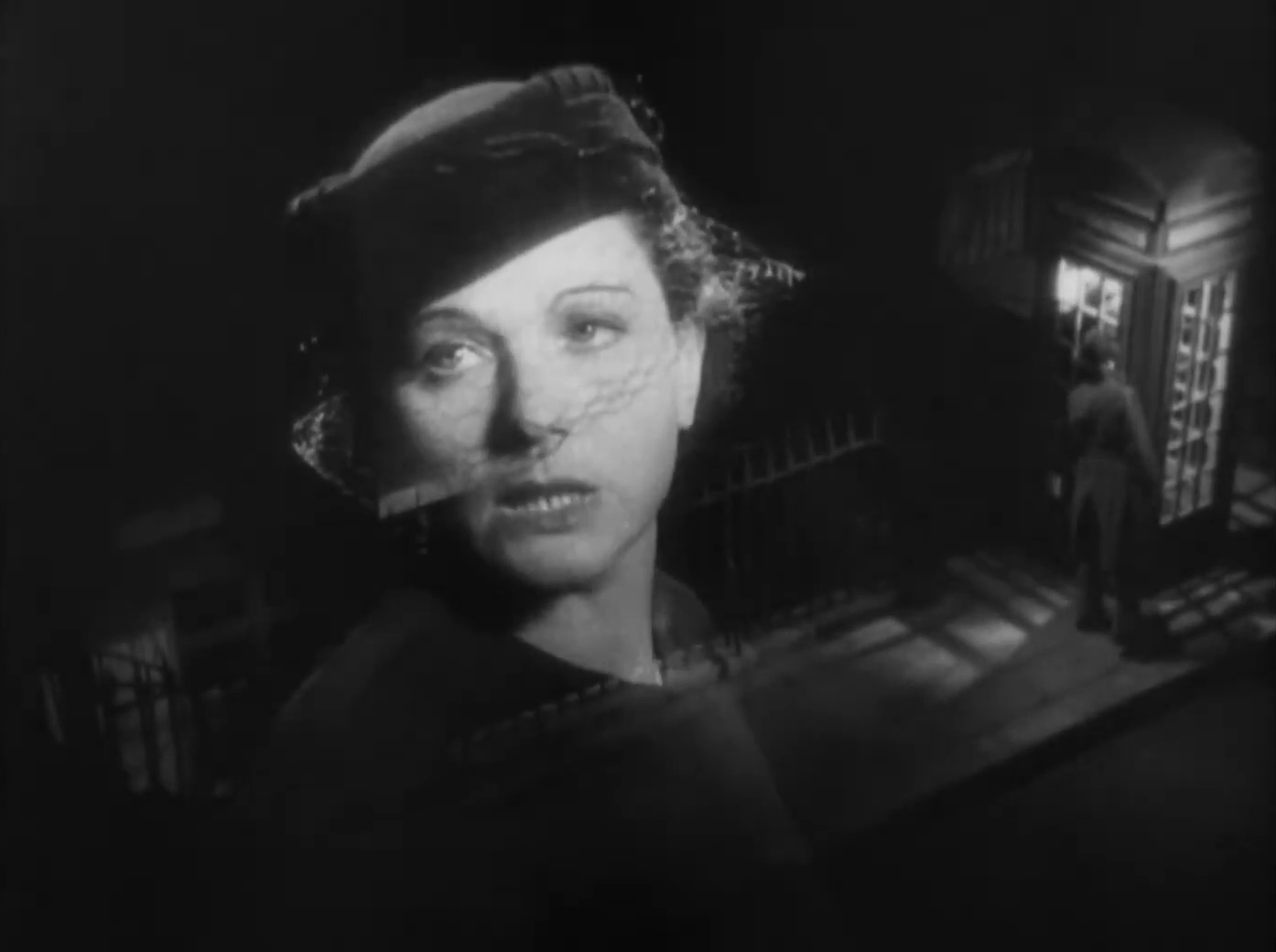
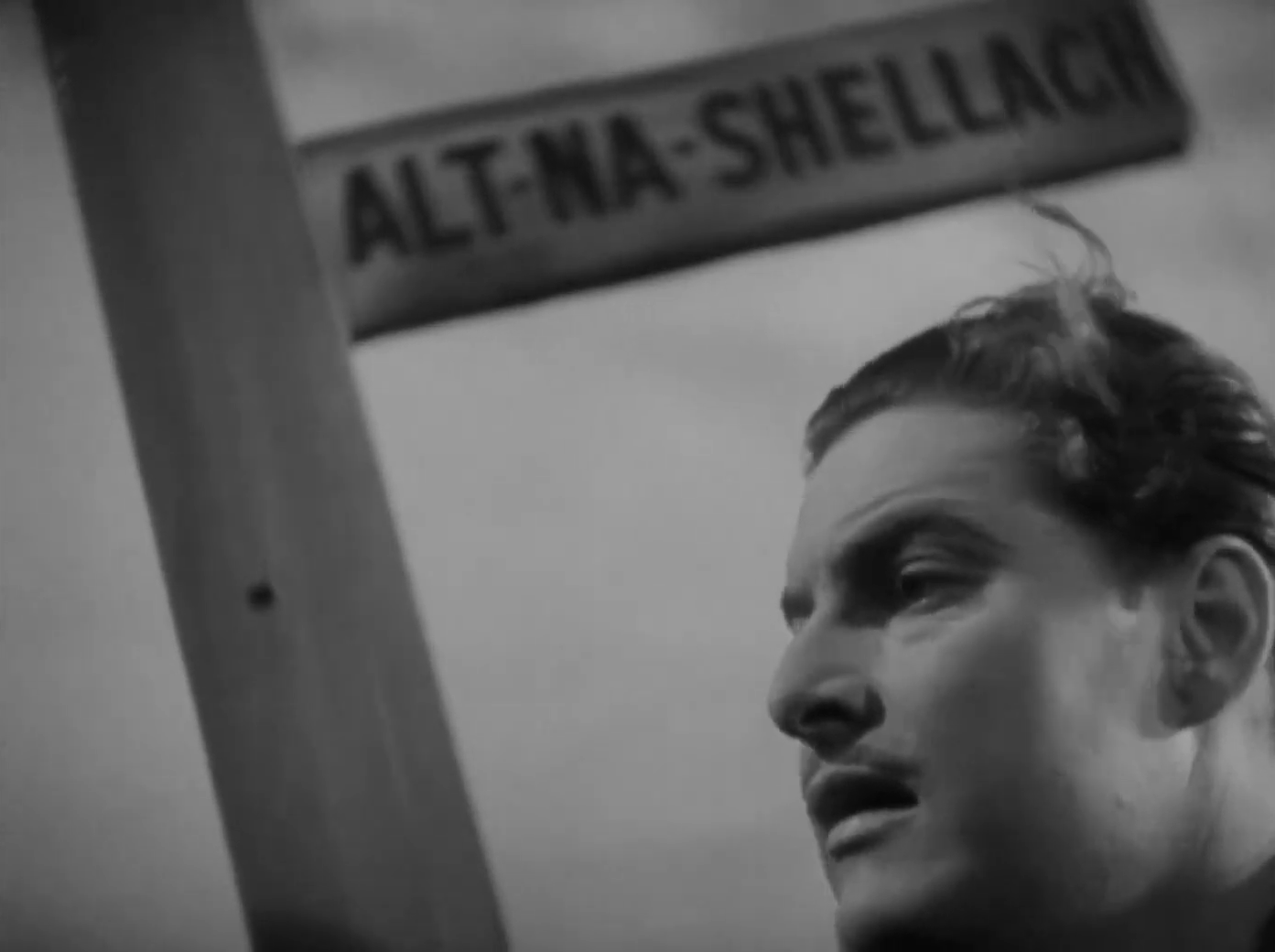
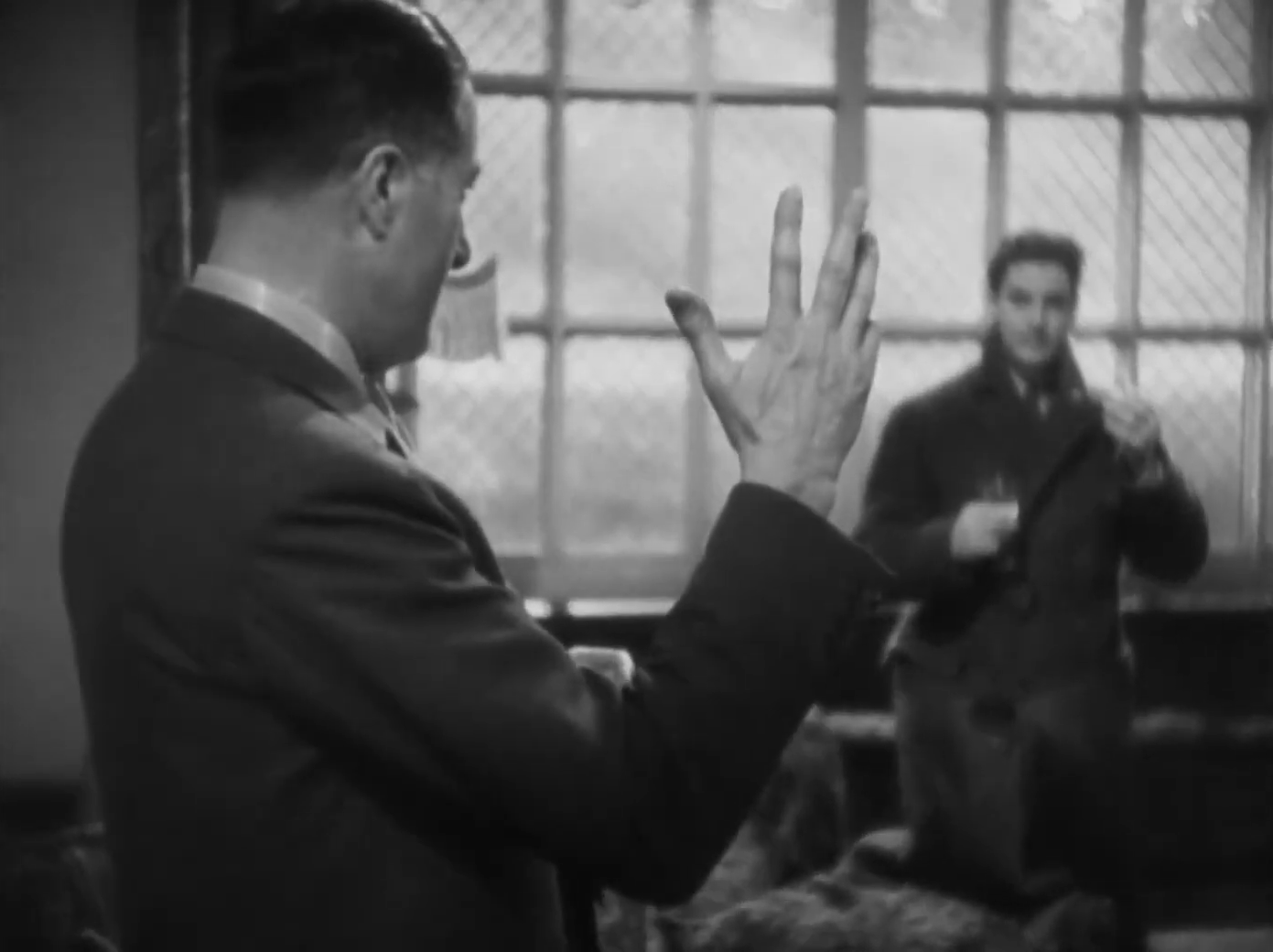
Though North by Northwest is often credited as a James Bond prototype, it is hard to ignore the standard set here as a precursor to both, traversing magnificent set pieces across rural and urban environments that bring Hannay treacherously close to capture and death. Hitchcock takes advantage of the Scottish Highlands to shoot the fugitive’s shrunken silhouette in marvellous wide shots wading through rivers, hiding within natural cavities, and climbing its craggy peaks, but even more spectacular is his use of national monuments as set pieces that further infuse his quest with colossal significance. Edinburgh’s Palladium Theatre is his choice of location to shoot the climax, while the Forth Rail Bridge sets the scene for Hannay’s quick escape off a train, precariously balancing him on this “monument to Scottish engineering and Scottish muscle” before dropping him into the river below.
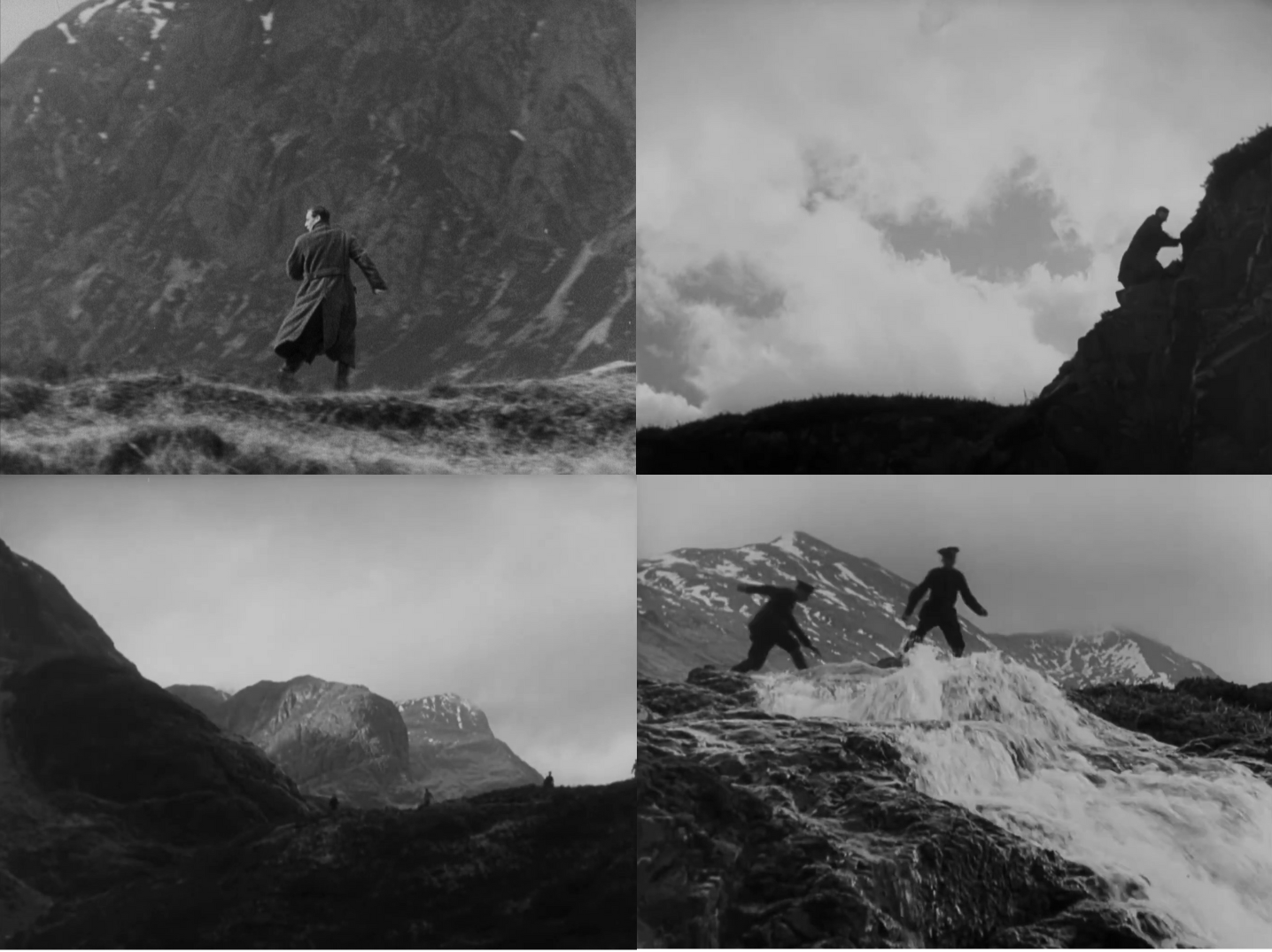
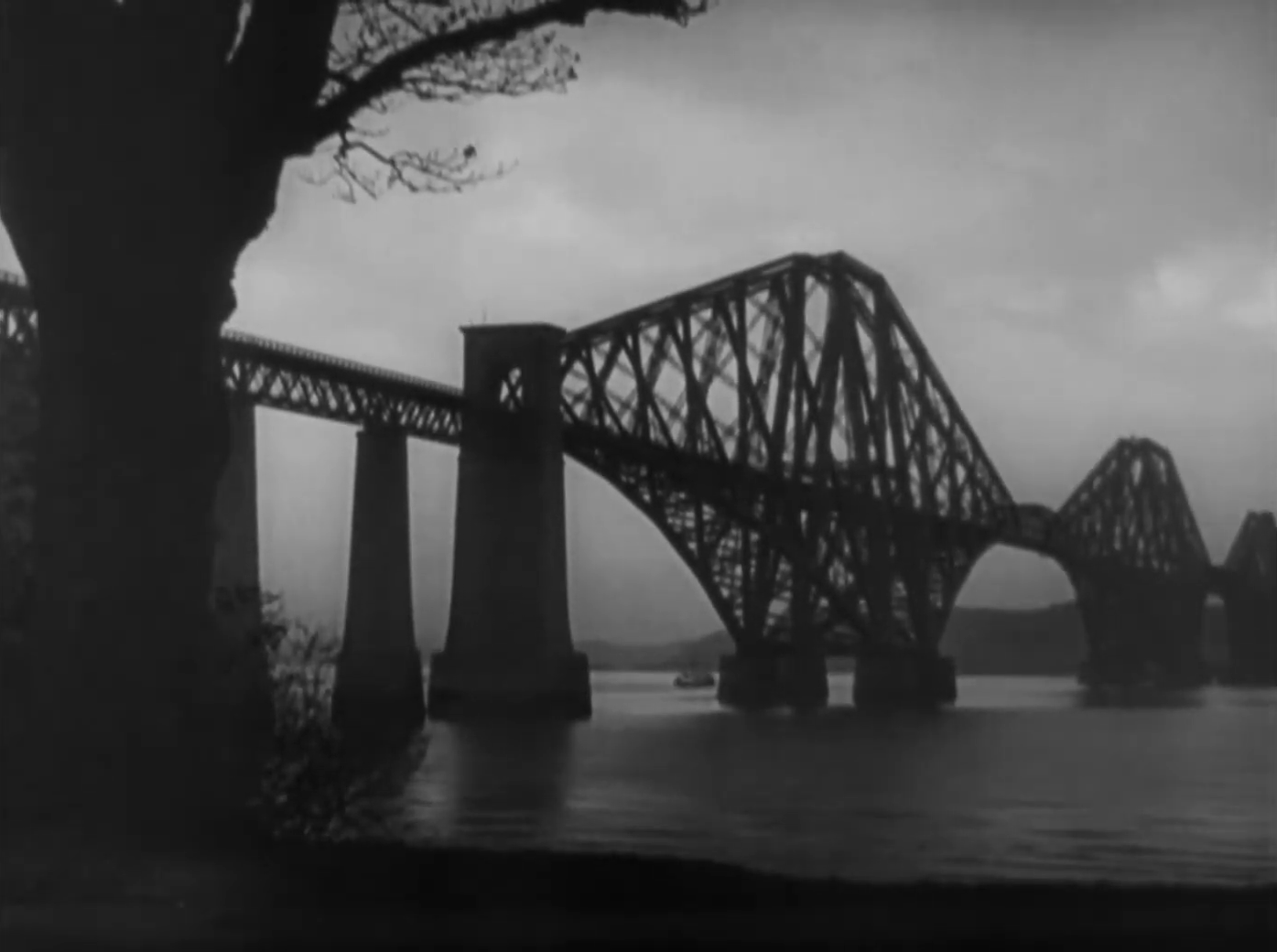
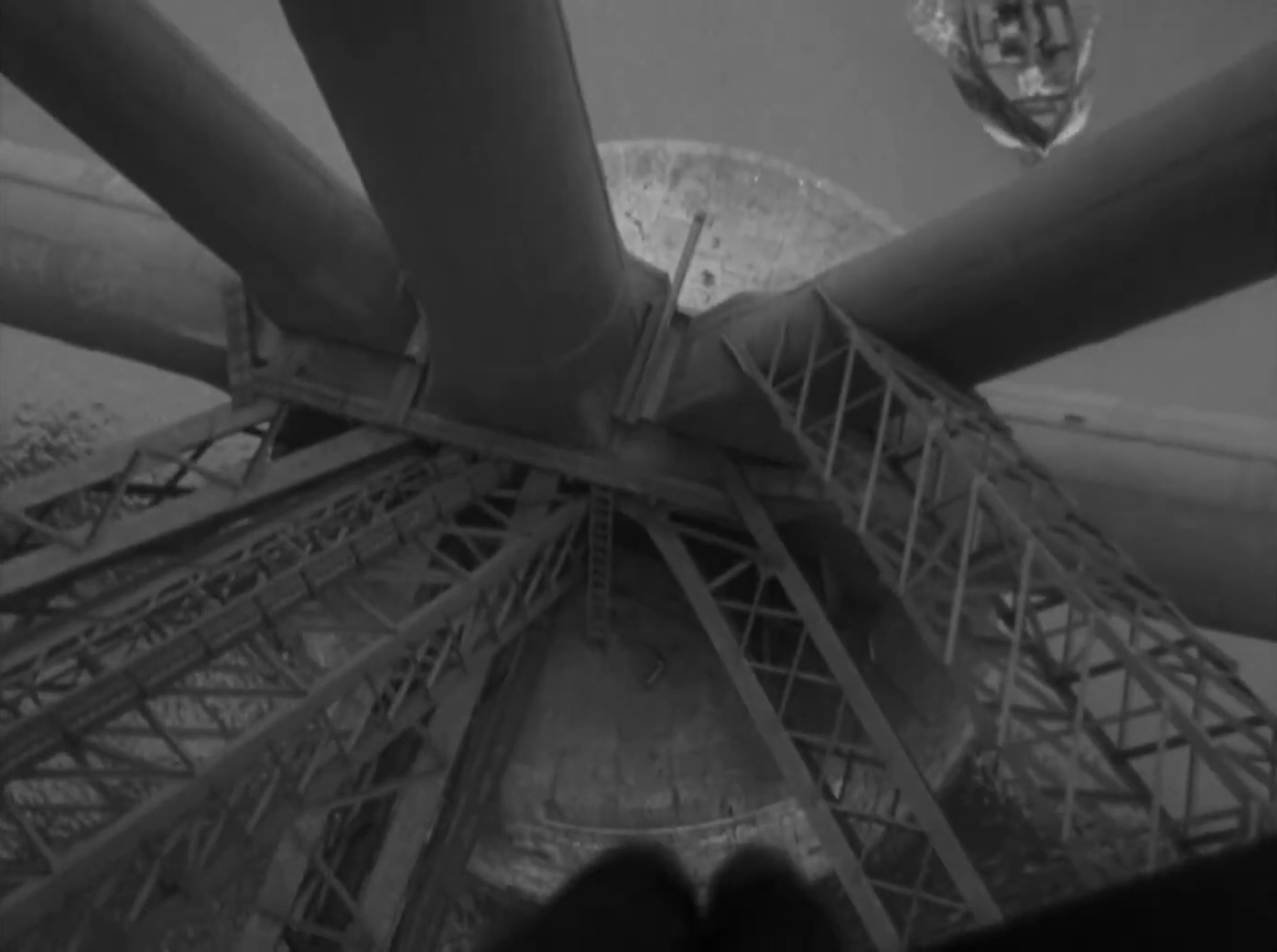
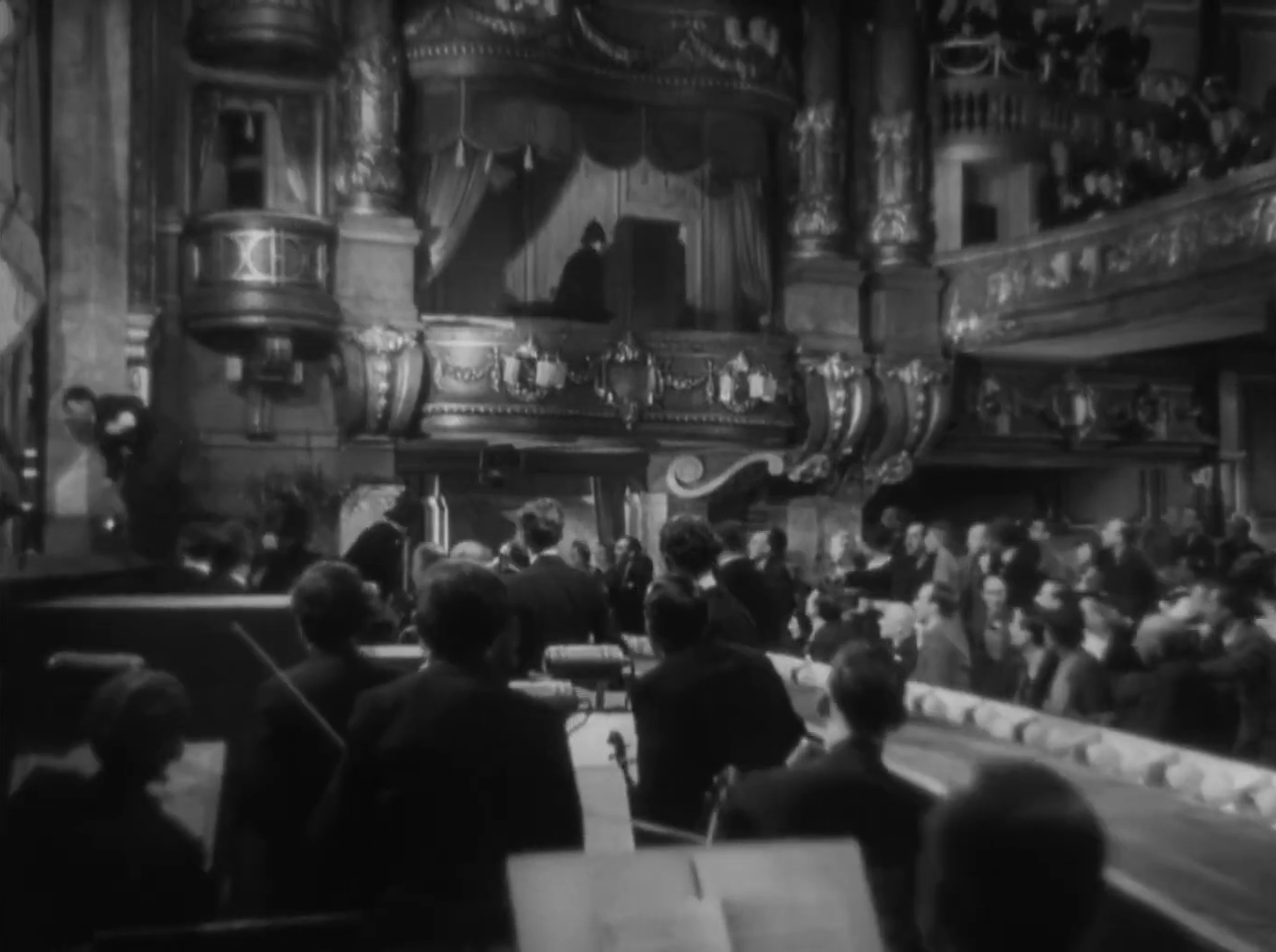
It is also upon that bridge that Hitchcock sets in motion another key subplot, briefly crossing Hannay’s path with another train passenger, Pamela, who curtly rejects his attempted alliance and immediately turns him in. When she finally re-enters the narrative as an aid to the police, Hitchcock delights in toying with their romantic chemistry, linking them up at a political conference where he disguises himself as a guest speaker and catches her bewildered gaze while up onstage. As the police close in and Hannay continues his charismatic impromptu speech, we suspensefully cut between their locked eyes, watching him gain the rapturous support of an audience who effectively forms a protective barrier around him with their fanatic clamouring.
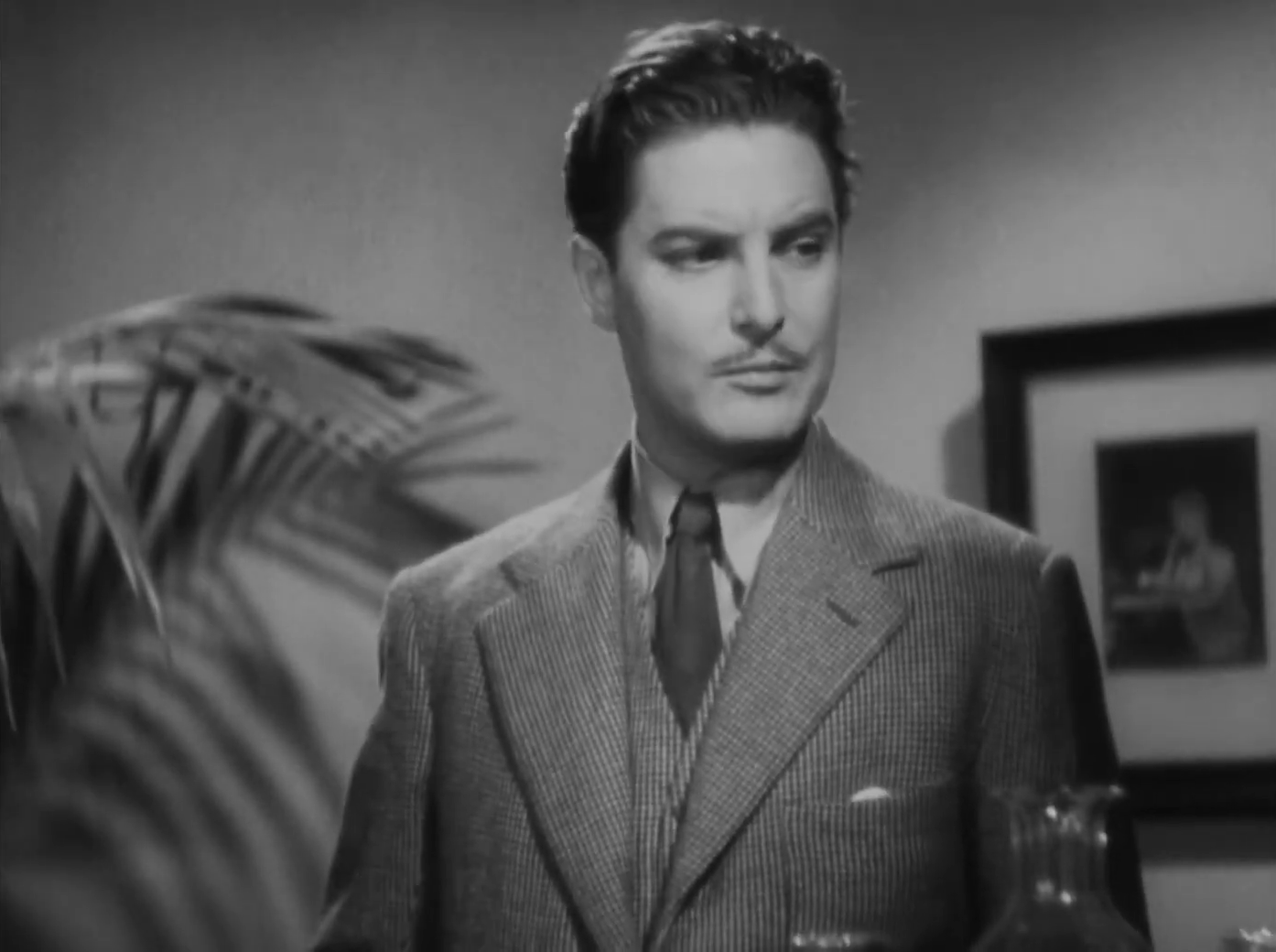
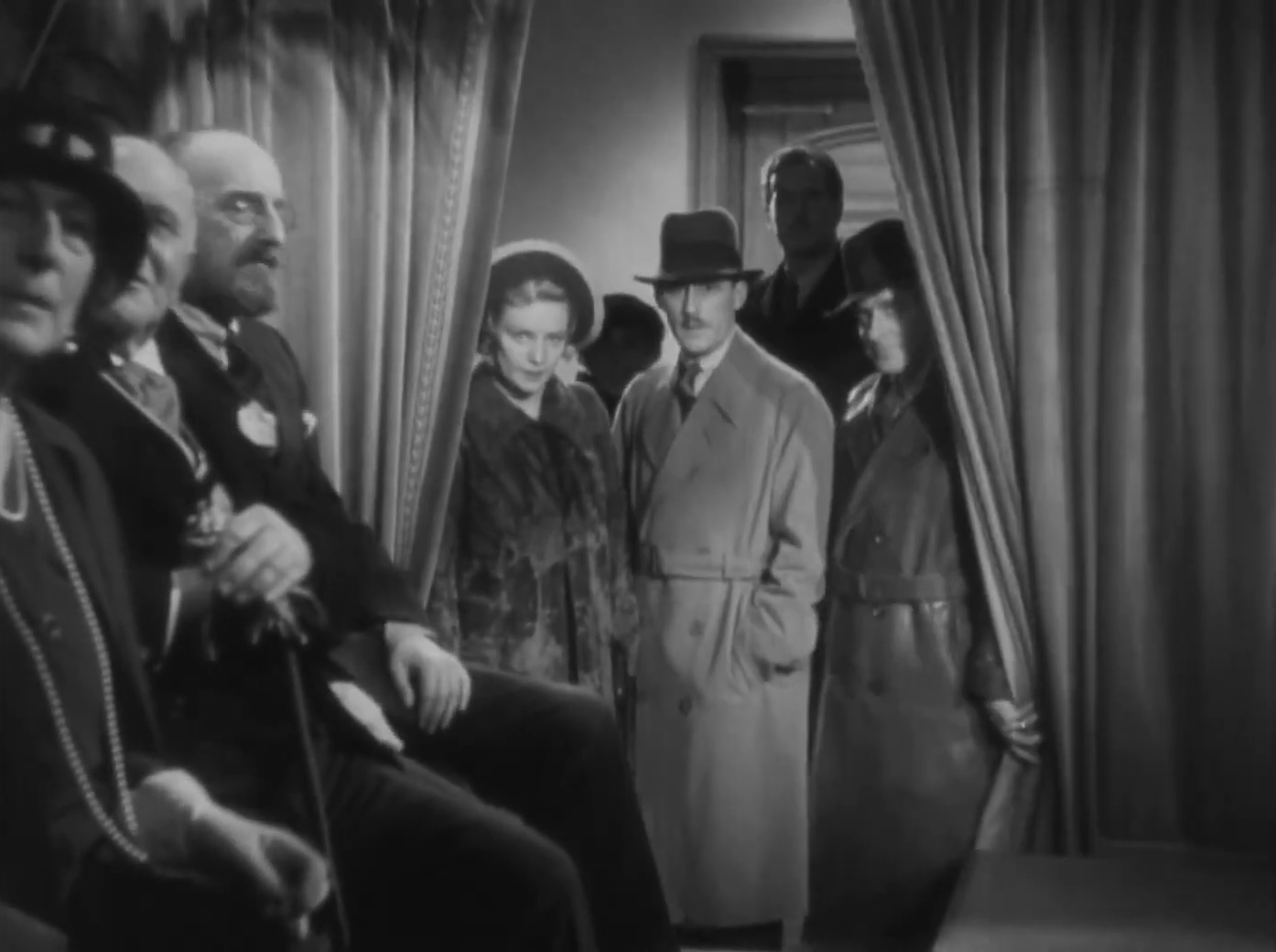
Pamela does not need to worry about him getting away from her a second time though, especially when she finds herself incidentally handcuffed to the man she has been set on bringing down. Hitchcock milks the visual comedy of this for all it’s worth, sending Hannay back through the Scottish moors, though this time with a reluctant companion stuck to his wrist. Stopping at a countryside inn for the night, they pose as a pair of lovers so infatuated that they just can’t stop holding hands, leading to some light slapstick and wry banter brought on by their less-than-ideal attachment. Only when the police officers she is assisting stop by and she overhears their conversation does she recognise the truth of Hannay’s purported innocence – those detectives are in fact spies, looking to ensure he does not interfere with their plans.
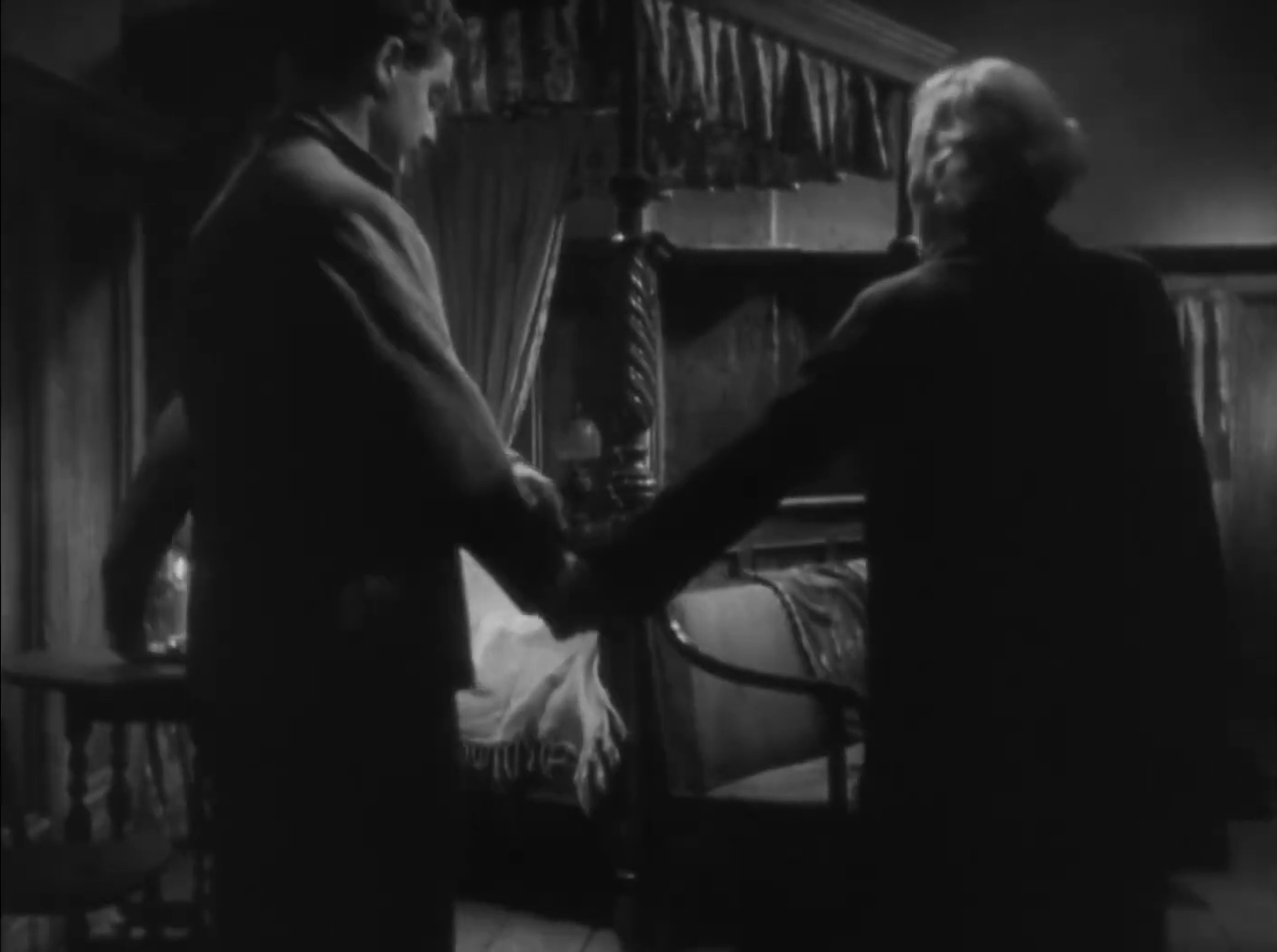
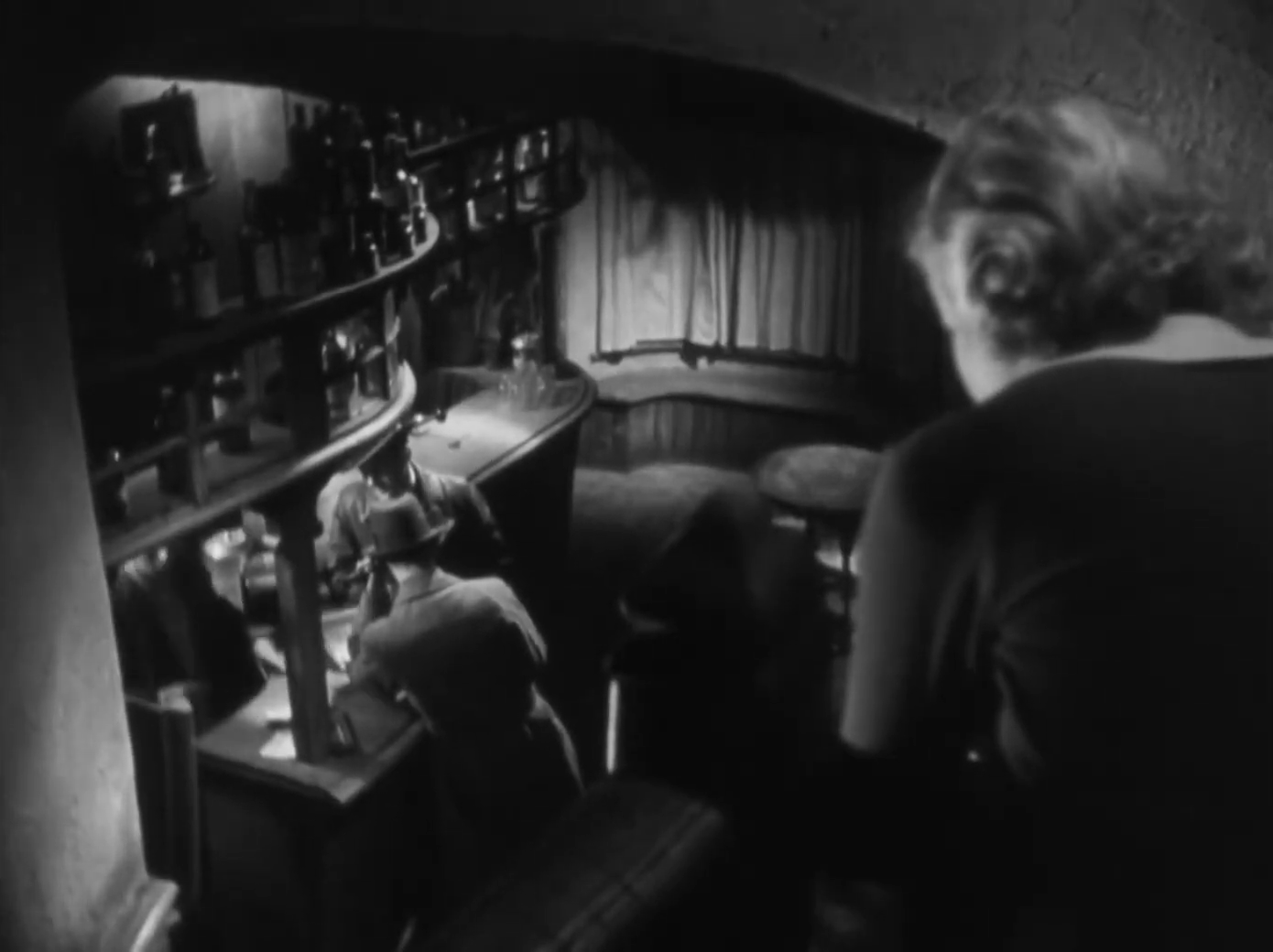
Even as Hitchcock’s characters are shaken by developments such as these, his camera never falters in its calm precision, here framing Pamela high in the foreground as those she is eavesdropping on unwittingly confess their fraud a floor below. So too does his editing maintain a steady tension in its pacing, timing its reveals with tantalising accuracy, though it is when he combines his stylistic virtuosity with a brilliant narrative economy that his adventure pays off in a twist as clever as it is exhilarating. The national secrets at the centre of the film’s conspiracy are not written down, but rather hidden inside the head of a man with a photographic memory, who Hannay realises he has encountered once before – in the variety show from the very first scene.
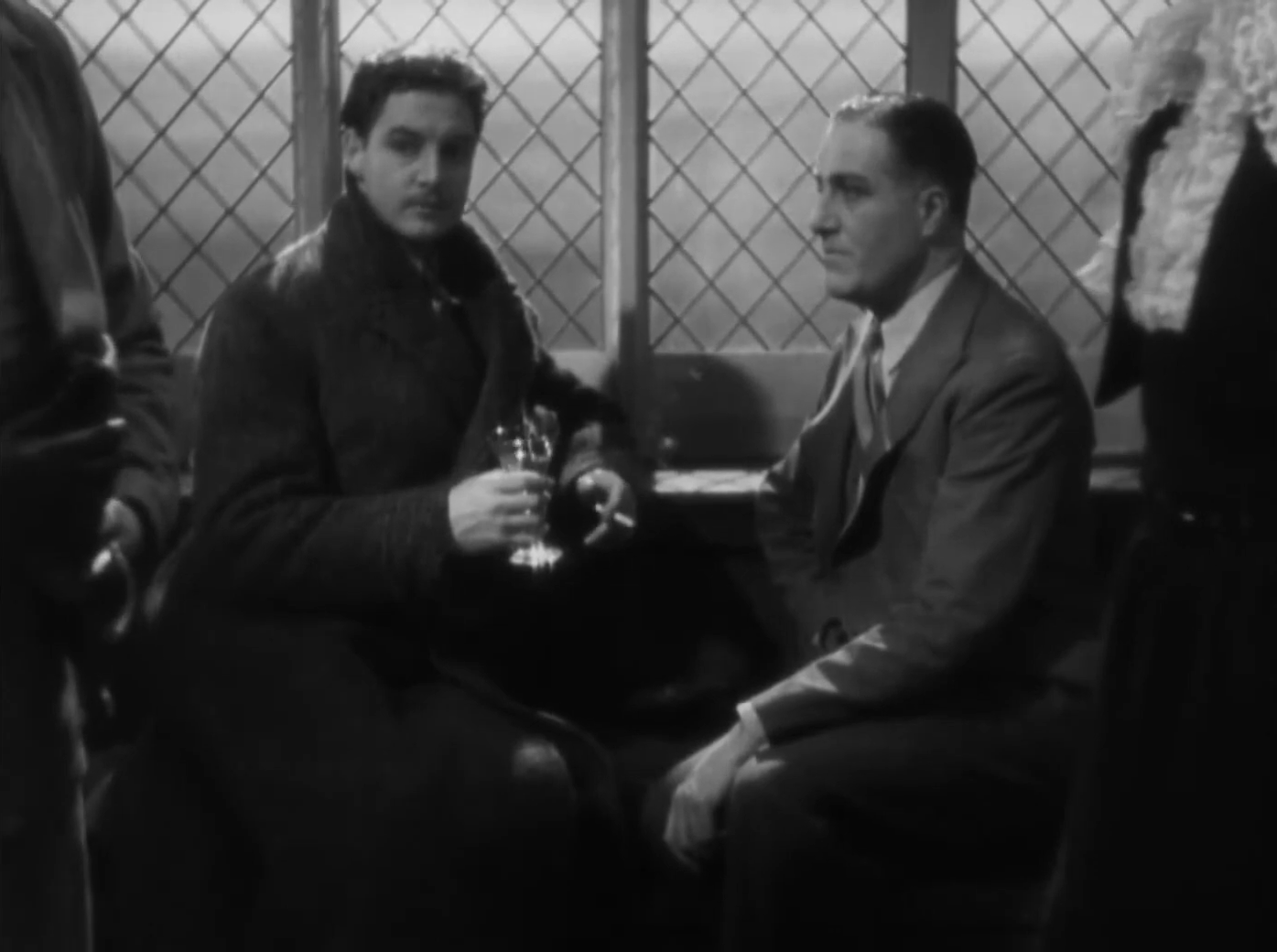
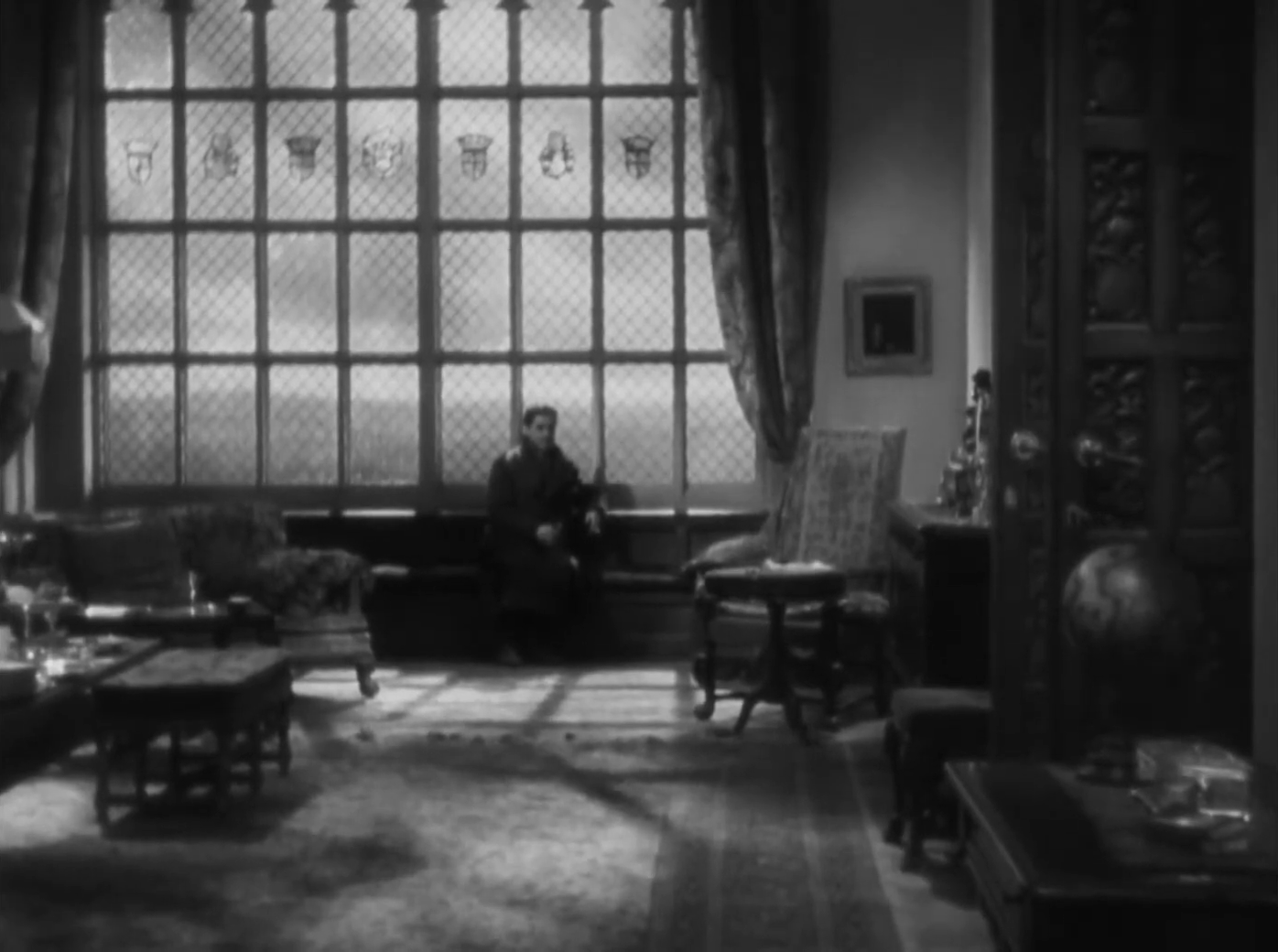
Compelled to answer whatever questions are thrown his way from the audience, Mr. Memory doesn’t falter either in accidentally exposing the duplicitous spy organisation when Hannay, determined to save himself from being arrested, shouts out a single, damning question.
“What are The 39 Steps?”
Professor Jordan’s efforts to shut up Mr. Memory with a swift gunshot come a few seconds too late. With one villain being taken in by police and another bleeding out backstage, Hitchcock does not hold back his dark sense of humour, keeping the variety show joyfully running in the background with a line of can-can dancers. Hannay and Pamela may have faced very real dangers on their journey, and yet much like Hitchcock they have also fallen for its intoxicating pull, discovering exultation where one might only expect to find trauma and regret. As the camera pulls back from Mr. Memory’s death in the final shot, their hands join again, though this time not because of any handcuffs forcibly binding them together. For the first time in The 39 Steps, their physical union emerges from genuine romantic affection, willingly embracing the partner that their fateful mission thrust upon them with mutual care and profound understanding.
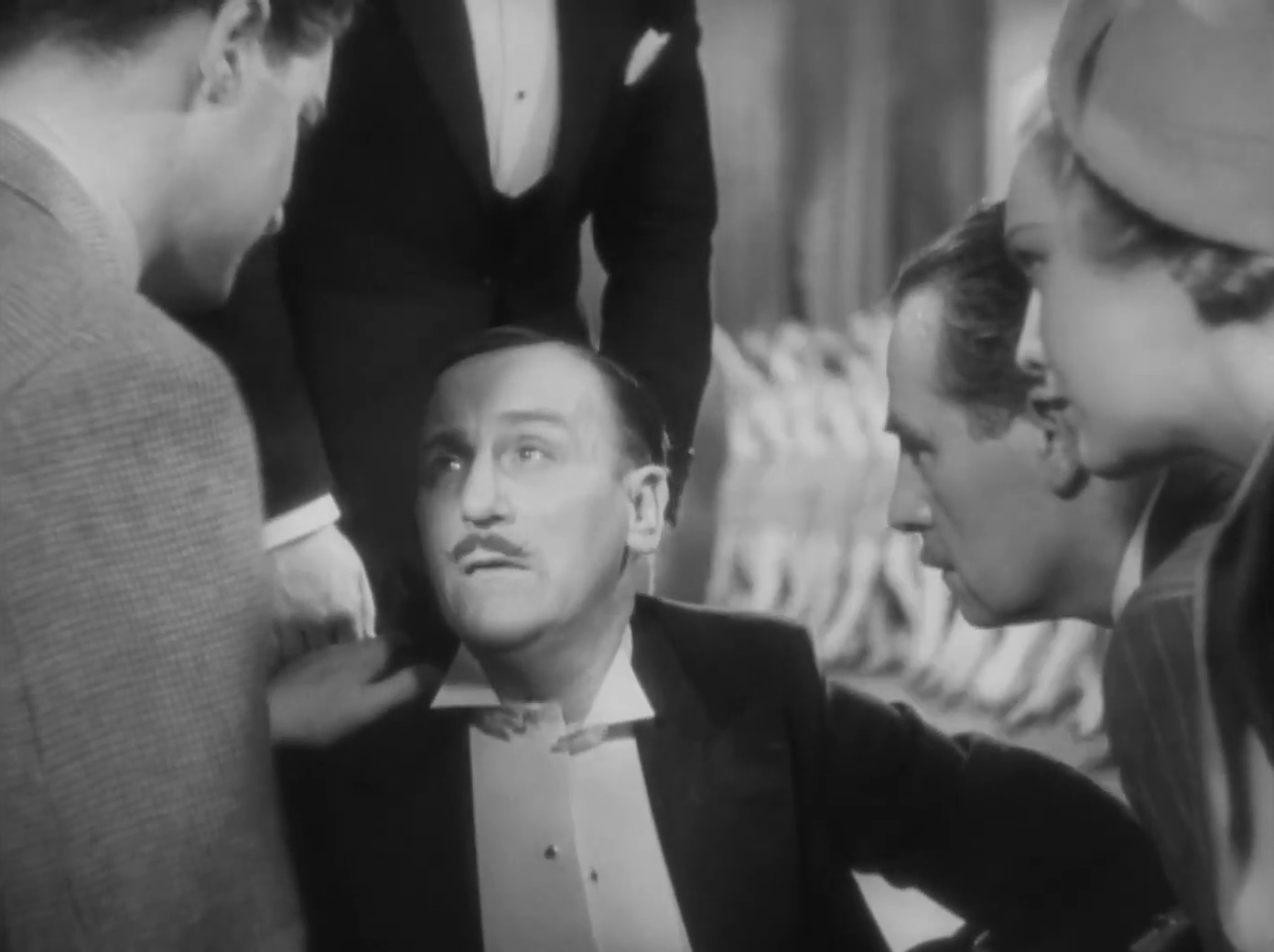
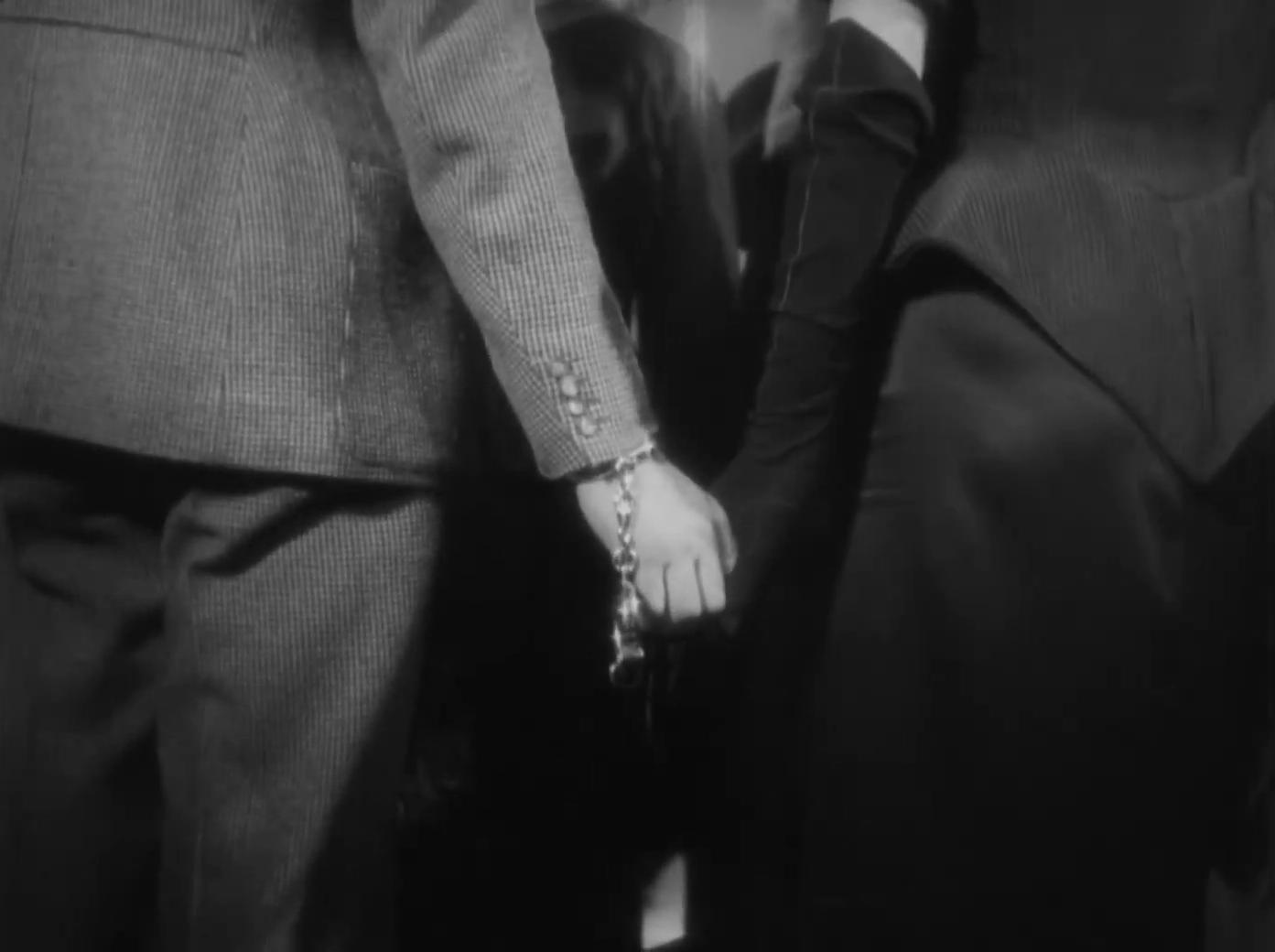
The 39 Steps is currently streaming on The Criterion Channel, and is available to rent or buy on Apple TV. You can also purchase The 39 Steps on DVD from Amazon.

